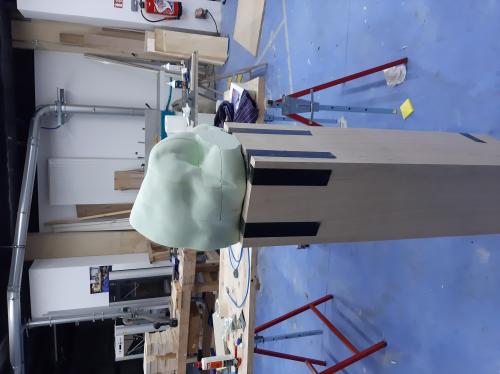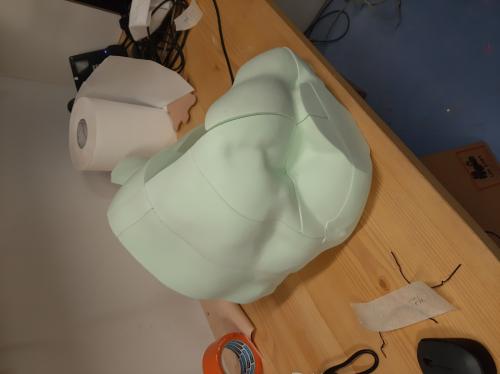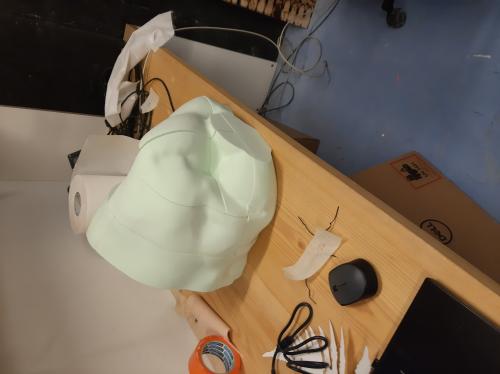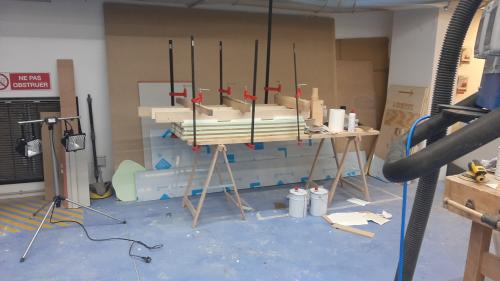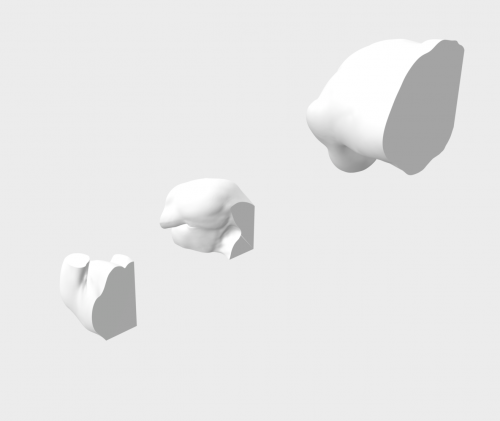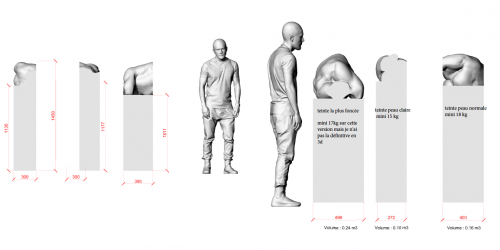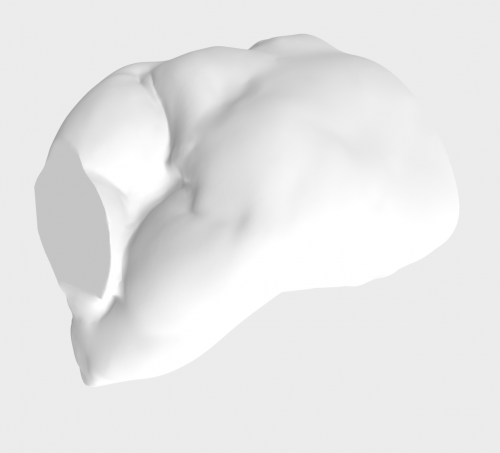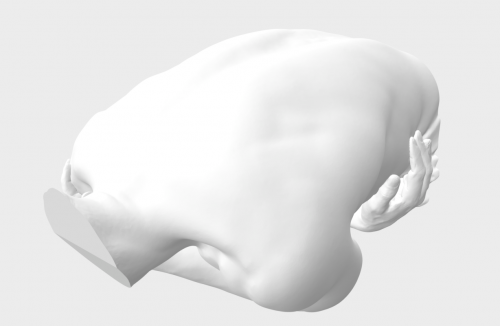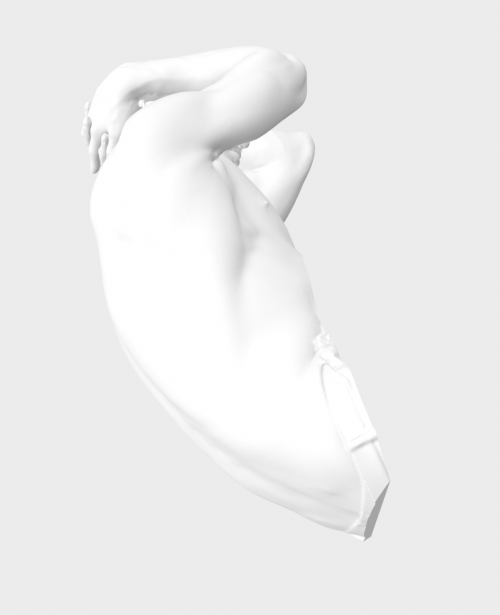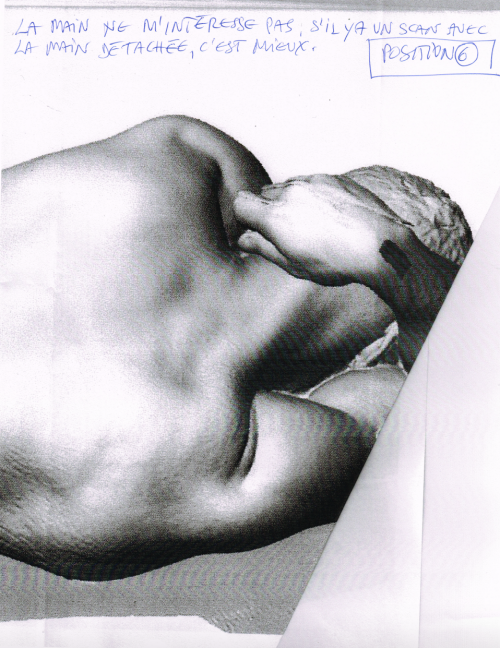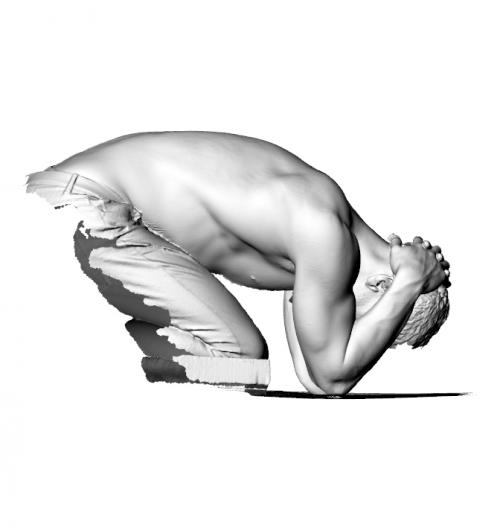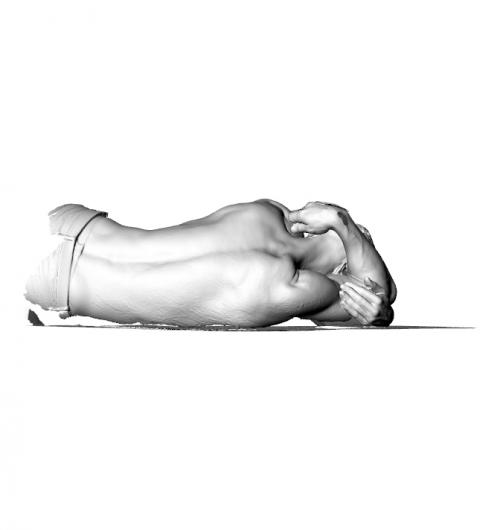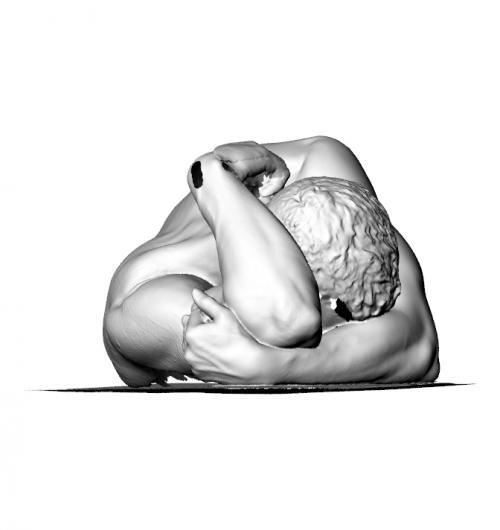TORSO I, II, III
Martin Margiela

The Torso works recall a long tradition of sculpture that can be traced back to the ancient Greek statue, the masculine ideal, and the tradition of the nude—classics of Western culture.
Historically, the nude refers to a vision of physical and psychological excellence that the Greeks represented through muscular and powerful men of heroic or divine status. In Martin Margiela’s work, this masculinity disrupts the scale: he sculpts a being with mutant forms and an unidentifiable body that looks more like a collage. The sculptures are attached to their plinths and trimmed to line up with the same dimensions. Traces of wear and tear appear at the bottom of the plinths: the work as a whole suggests the end of an ideal, that of a certain masculinity on the one hand, and the authority and distance of the works on the other.
Production specifications
TORSO I, II, III, Martin Margiela, 2021
Usinage des Bustes
Modélisation des différentes pièces en vue de leur usinage
Travail de modélisation sur l'ensemble de l'oeuvre
Recherches de production
Réflexion scénographique d'après maquette miniaturisée de l'oeuvre finale
Sculptures de détails anatomiques
Les sculptures ne représenteront pas les positions dans leur globalité, seulement des parties de corps, devenant ainsi des formes autonomes.
Etude sur des parties des positions sélectionnées
Positions retenues par l'artiste
Etude sur les futures formes anatomiques
Un modèle adopte différentes poses, numérisées ensuite en 3D par Creaform. Cette entreprise est spécialisée dans les technologies de mesure 3D.
